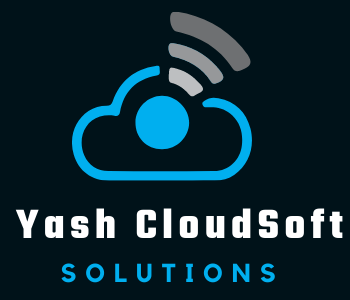Cloud computing is no longer just a buzzword – it’s an industry with a global market value of $371 billion (and growing). Through 2025, the global cloud computing market is set to exceed $832 billion in value. There are countless reasons why cloud computing is important for business, whether it’s used for large-scale data storage and analytics, delivering a web-based service, scaling infrastructure, or disaster recovery purposes (among many other uses).
Our clients describe us as a product team which creates amazing UI/UX, by crafting top-notch user experience.
90% of organizations are already on the cloud in some capacity – the point here isn’t that you should be on the cloud, it’s how the evolution of the cloud will catalyze the expansion of your business. Let’s explore more about it and its elements.
Cloud computing has 3 main elements.
Cloud-based software refers to computer programs that use the internet to deliver digital tools and store documents, records, digital assets and data on remote servers or computers in data centres. It is often referred to as Software as a Service (SaaS).
Cloud-based infrastructure refers to remote computers or data centres that you are able to use for computing, storage, and networking on demand, on a pay-as-you-go basis.
Cloud-based platforms refers to complete development and deployment environment. It is typically used to build, test, deploy, manage and update software that is written for your business. These platforms are typically based in remote data centers.
Benefits
- Easy to set up and use immediately.
- Easy to access remotely (e.g. on any internet-connected device like a computer, laptop or mobile phone, easy access for working-from-home models).
- Easy to share access with multiple staff members in the work environment and remotely.
- Easy to share documents and business records with your professional service providers (e.g. accounting, legal).
- Apps for most common business software are available for tablets, mobile phones, and other devices.
- Software versions are updated regularly.
- Many common business tools are compatible with and interact seamlessly with other tools and digital platforms (e.g. transfer of data to the Australian Taxation Office from cloud-based accounting software).
- Does not require expensive networking infrastructure in your business premises (e.g. a network server, backups, highly skilled staff).
- Can provide storage infrastructure and data back-up.


